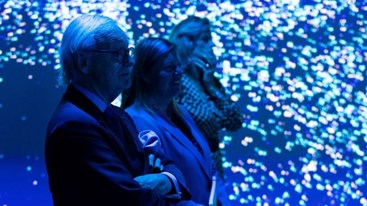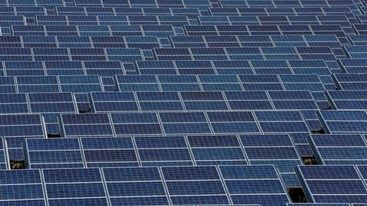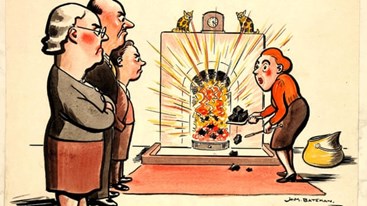Wednesday, 15/05/2024 | 07:45 GMT+7
Teams came from as far away as the United States, Belgium and Iran, but it was the Nuon Solar Team from the Netherlands' Delft University that emerged victorious on Thursday, crossing the finish line in Adelaide after more than 3,000 kilometres (1864.11 miles) on the road.
Starting in 1987, the World Solar Challenge is a biennial event that aims to promote solar-powered car research. The Nuon Solar Team were competing in the event's top Challenger class, where the purpose-built car must travel across Australia in a single stage. Their only fuel? Sunlight.

"During the race, we've been only minutes apart," he said. "The operation we have during the race — how quick can you change the tyre, how quick can you get the solar array pointed to the sun — we practiced that a lot, so that gave us the advantage."
Nuna8 has a weight of around 150 kilograms (331 pounds), with an aerodynamic resistance about the same as two side mirrors on a normal car, van den Berg said.
Its 6 square metre (20 feet) solar array let the team drive at 90 kilometres (56 miles) an hour with the same level of energy as an electric water kettle. "That's really nothing for a vehicle to drive at those speeds," he said. "We have an electrical engine that's integrated into the wheel, which gives us 98% energy efficiency."
Nuna8 has an average speed of 95 to 100 kilometres per hour (59 to 62 miles), but it climbed to 130 kilometres (81 miles) per hour when it needed to overtake other vehicles on roads without speed limits in Australia's Northern Territory.
"You need to overtake quickly enough to go back to the most strategic speed," he said. "It's a race of 3,000 kilometres (1864 miles) with a lot of different weather conditions and changing angles of the sun, so we have a mission control car with a strategist in the back who is doing all the calculations."
Van den Berg said the car was difficult to drive at first because it's very basic, with no traction control or automatic braking system. "You get used to it, but it's more unstable than a normal car," he said. The driver cockpit is also placed on the right side of the car — an asymmetric design that's hard to keep straight at high speeds and in winds.
The cockpit was a very small, very hot space in which to spend three to four hours alone each day, with temperatures around Alice Springs climbing to around 44 degrees Celsius (111 degrees Fahrenheit). The team's three drivers had to keep in good shape and drink plenty of water, van den Berg explained. "We train a lot, do a lot of exercise, and also get used to the temperature in a heat chamber."
They also had to contend with some very Australian challenges, including road trains — giant trucks used for transporting goods — and kangaroos.
A student of aerospace engineering, Van den Berg said the race allowed him to test his skills in aerodynamics, but it also had a larger message. "We show that we can race on solar power straight through the desert. That really inspired me," he explained. "If you want to design something energy efficient, you can do that. That's something that gets you to a sustainable future."
Mai Linh








.jpg?w=367&h=206&mode=crop) Energy efficiency and conservation usage is an important aspect of the national energy development strategy
05/03/2024
Energy efficiency and conservation usage is an important aspect of the national energy development strategy
05/03/2024
 Challenges and Opportunities to promote energy efficiency market in Vietnam
Challenges and Opportunities to promote energy efficiency market in Vietnam
 The Ministry of Industry and Trade requests government agencies to coordinate in organizing Earth Hour 2024
The Ministry of Industry and Trade requests government agencies to coordinate in organizing Earth Hour 2024
 Consultation on Energy Efficiency Boiler Catalogue and Wood Drying Guideline
Consultation on Energy Efficiency Boiler Catalogue and Wood Drying Guideline
.png?w=367&h=206&mode=crop) Request for expression of interest - C2.1.13: Capacity Building on energy efficiency policies development
Request for expression of interest - C2.1.13: Capacity Building on energy efficiency policies development
 Son Ha Co., Ltd, applies energy efficiency and conservation measures
Son Ha Co., Ltd, applies energy efficiency and conservation measures
 Phuc Kien Co., Ltd., is effectively implementing energy-saving measures
Phuc Kien Co., Ltd., is effectively implementing energy-saving measures
 Request for expression of interest - C2.1.12: Independent monitoring of safeguards implementation
Request for expression of interest - C2.1.12: Independent monitoring of safeguards implementation